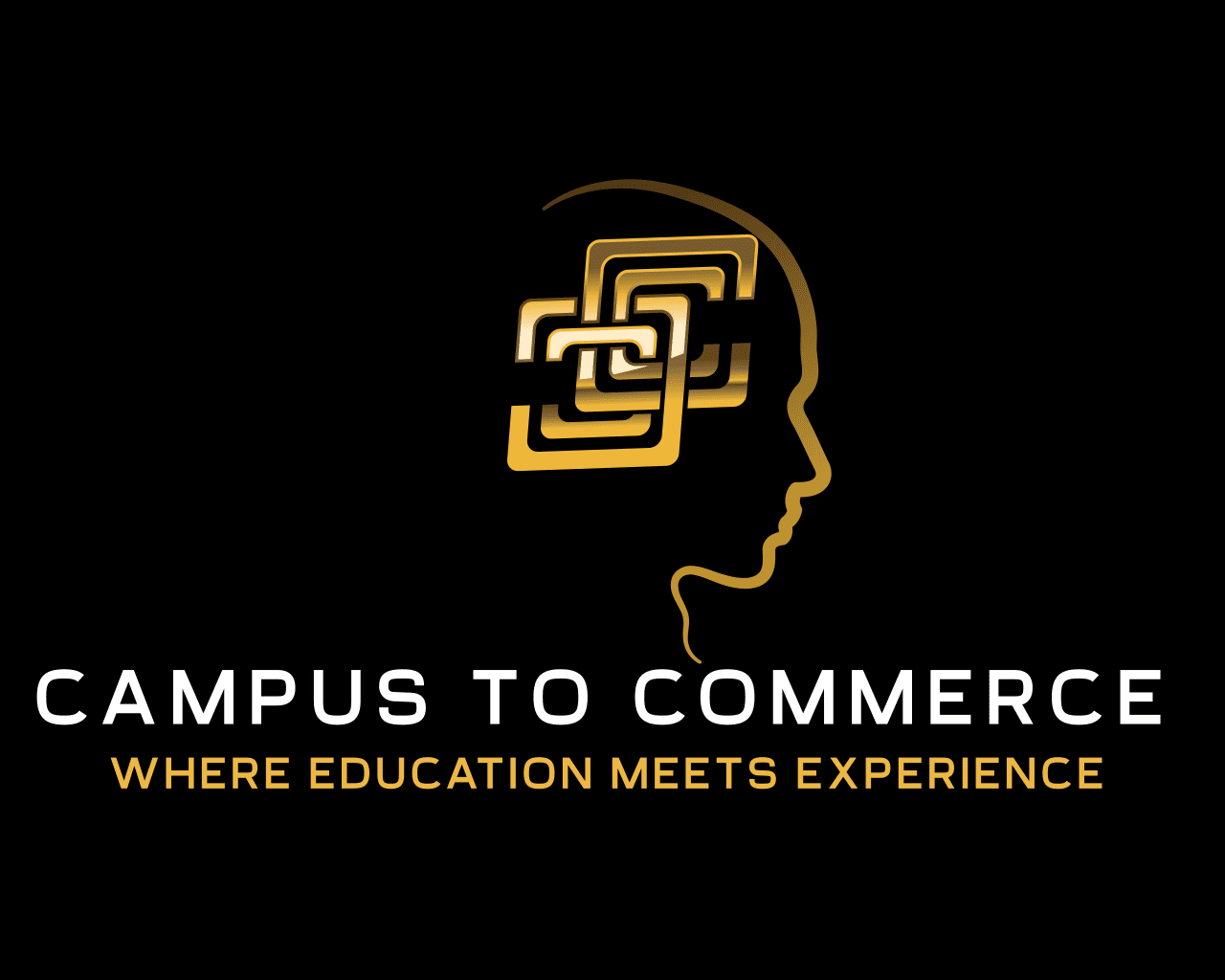
I found myself apologizing to ChatGPT yesterday. Not because I needed to, but because decades of human conversation had conditioned me to soften my directness. The AI didn’t care about my politeness—it just needed clear instructions.
This moment made me wonder: are our interactions with AI quietly reshaping how we communicate with each other? I believe they are, and the implications for workplace communication are profound.
As someone who bridges the gap between education and industry at Campus to Commerce, I’ve observed how communication skills consistently rank among employers’ most desired attributes. Yet these same employers often lament that recent graduates struggle to communicate effectively. AI might be the unexpected catalyst that forces improvement.
Why AI Demands Clarity
Unlike humans, artificial intelligence doesn’t read between the lines. It doesn’t interpret your tone, guess your intentions, or fill knowledge gaps with assumptions (though it’s getting better at pretending to). This fundamental difference creates an interesting training ground for precision in language.
When I ask an AI to draft a document, I’ve learned that vague instructions yield disappointing results. “Write me something about internships” produces generic content, while “Create a guide for small businesses implementing their first micro-internship program, focusing on scheduling flexibility and mentorship best practices” generates something useful.
The feedback is immediate and consequential. Unclear communication with AI produces tangible evidence of the misunderstanding, forcing you to refine your approach.
This training effect isn’t limited to specialized roles. Anyone who’s tried to get a virtual assistant to set the right reminder or asked a chatbot to solve a specific problem has experienced this push toward clarity.
From AI Interactions To Human Conversations
I’ve noticed something fascinating happening to my team’s communication after weeks of working with AI tools. Our human-to-human messages are becoming more precise. Meeting agendas include clearer objectives. Project briefs contain more context.
Why? Because we’re transferring the lessons from our AI interactions.
When you regularly communicate with systems that require specificity, you become aware of the ambiguity in your everyday language. You notice how often you rely on shared understanding, contextual knowledge, and non-verbal cues to get your point across.
These awareness moments are valuable. They highlight the gap between what we think we’re communicating and what we’re actually saying.
The Emerging Communication Divide
As AI becomes more integrated into workplaces, I predict a growing divide between those who can communicate effectively with both humans and AI systems and those who cannot.
This isn’t just about technical roles. A marketing manager needs to clearly articulate campaign objectives to both their human team and AI tools. A healthcare administrator must precisely communicate patient needs to both staff and AI-driven scheduling systems.
The ability to adjust communication style—knowing when to be direct and when to incorporate emotional intelligence—will become increasingly valuable.
I’m already seeing this in our micro-internship placements. Students who can clearly articulate their skills and learning objectives to both the AI matching system and human mentors consistently have better experiences.
Preparing For An AI-Integrated Future
So how do we prepare for this communication shift? I believe it requires intentional practice in three areas:
First, precision. Practice eliminating ambiguity from your communications. Before sending that email or brief, ask yourself: “Could this be interpreted multiple ways?” If you’re using AI tools, pay attention to where miscommunications happen.
Second, adaptation. Develop the ability to switch between communication styles. The direct approach that works with AI differs from the rapport-building style that fosters human connection. Both are valuable.
Third, feedback literacy. AI provides immediate feedback on communication effectiveness. Learn to interpret these results without defensiveness. When an AI misunderstands, the problem usually lies in how the information was presented.
At Campus to Commerce, we’re incorporating these communication skills into our micro-internship frameworks. We believe that students who learn to navigate both human and AI communication channels will have significant advantages in tomorrow’s workplace.
The irony isn’t lost on me. Rather than making human communication skills obsolete, AI may actually be the force that finally compels us to become better communicators. By requiring clarity, eliminating the assumption that others automatically understand our intent, and providing immediate feedback, AI is secretly teaching us lessons we’ve needed all along.
Next time you find yourself clarifying instructions to an AI assistant or refining a prompt to get better results, remember: you’re not just completing a task. You’re developing communication skills that will become increasingly valuable in every workplace interaction—human or otherwise.

Written by Tiffany Cheeseboro
More From This Category
The Imagination Trap Many Businesses Fall Into
I've watched too many small businesses fall into the same pattern. They start with bold ideas and limitless imagination, yet somehow end up creating generic products or services that look like everyone else's. The disconnect between imagination and execution...
Build a Portfolio Employers Notice With AI
Creating a digital portfolio that captures attention in today's competitive job market requires more than just collecting your best work. As employers face increasing numbers of applicants, standing out has become both more challenging and more essential. The good...


0 Comments